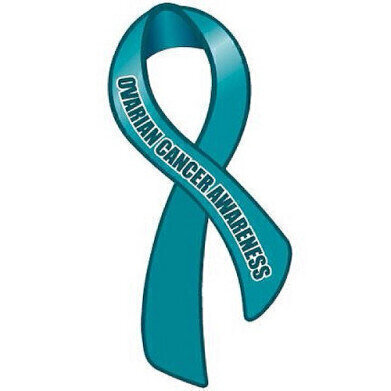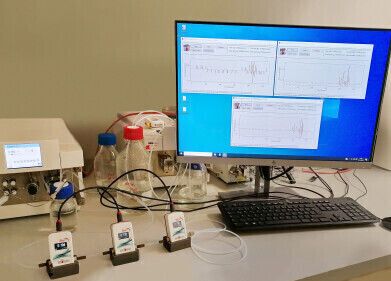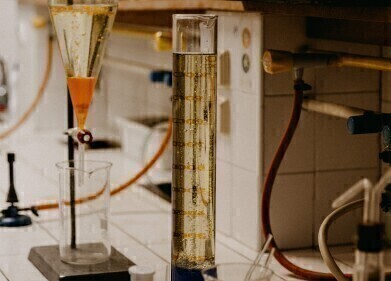Data Handling
Chromatography Used to Develop New Early-Stage Ovarian Cancer Test
Jan 11 2016
For many diseases, catching and treating the disease in its early stage offers the best chance of a successful recovery. The ability to catch a disease usually depends on whether symptoms present themselves in a form that a patient might recognise and seek treatment.
For some diseases or illnesses, the symptoms are readily observed — the headache and runny nose that accompanies the cold or the fever and rash when chicken pox strikes. In the case of a cold or chicken pox, the symptoms occur relatively soon after the illness or disease takes hold. Cold symptoms usually appear a few days after exposure to the virus; whilst the symptoms of chicken pox can take up to 14 days to appear.
But for some diseases — seeking treatment when the symptoms show can be too late.
Catch them early with screening tests
In certain cancers the symptoms can take many months or even years to appear — and during this time the disease can spread and prognosis can be drastically altered. Spotting cancer early can save lives.
The UK has three screening programmes for bowel, breast and cervical cancer. To be effective — which means being cost effective too — a screening program has to be reliable in detecting the cancer it is intended to spot.
Screening tests have to applicable to everyone and be acceptable as screening is essentially voluntary. If a cancer is rare in a given population, it is unlikely that a screening program would work effectively in terms of time required and the costs involved. There is also the emotional impact of the tests as the tests can cause anxiety in people.
But researchers are constantly looking for new tests that could be used to help spot cancer early and chromatography is playing its part.
Chromatography and ovarian cancer
Ovarian cancer is one of the leading causes of death in women — and one of the reasons is that the symptoms don’t present themselves until the late stages of the disease. If ovarian cancer is spotted early and treated, its 5-year survival rate is over 90%. However, if it is only spotted in the later stages the 5-year survival rate is around 40%.
A team based at the Georgia Institute of Technology has published a paper in Scientific Reports that could help point the way to a screening test for early-stage ovarian cancer. The team used liquid chromatography and mass spectrometry to separate and identify the metabolites from blood samples of early-stage ovarian cancer patients.
They then used a learning algorithm to evaluate the metabolites for their predictive value towards a diagnosis of ovarian cancer. They managed to isolate 16 metabolites that differentiated cancer patients with a high accuracy and now plan to try the method on a larger mixed ethnicity sample.
Using advanced data analysis techniques to analyse the results of a chromatographic separation is discussed in the article, A Multi-Platform Approach for Metabolomic Analysis of Human Liver Tissues.
Image via flickr
Digital Edition
Chromatography Today - Buyers' Guide 2022
October 2023
In This Edition Modern & Practical Applications - Accelerating ADC Development with Mass Spectrometry - Implementing High-Resolution Ion Mobility into Peptide Mapping Workflows Chromatogr...
View all digital editions
Events
ACS National Meeting - Fall 2024
Aug 18 2024 Denver, CO, USA
Sep 04 2024 Chiba, Tokyo, Japan
Sep 04 2024 University of Warwick, Coventry, UK
Sep 10 2024 Rockville, MD, USA
Plastics Recycling World Expo Europe
Sep 11 2024 Brussels, Belgium














